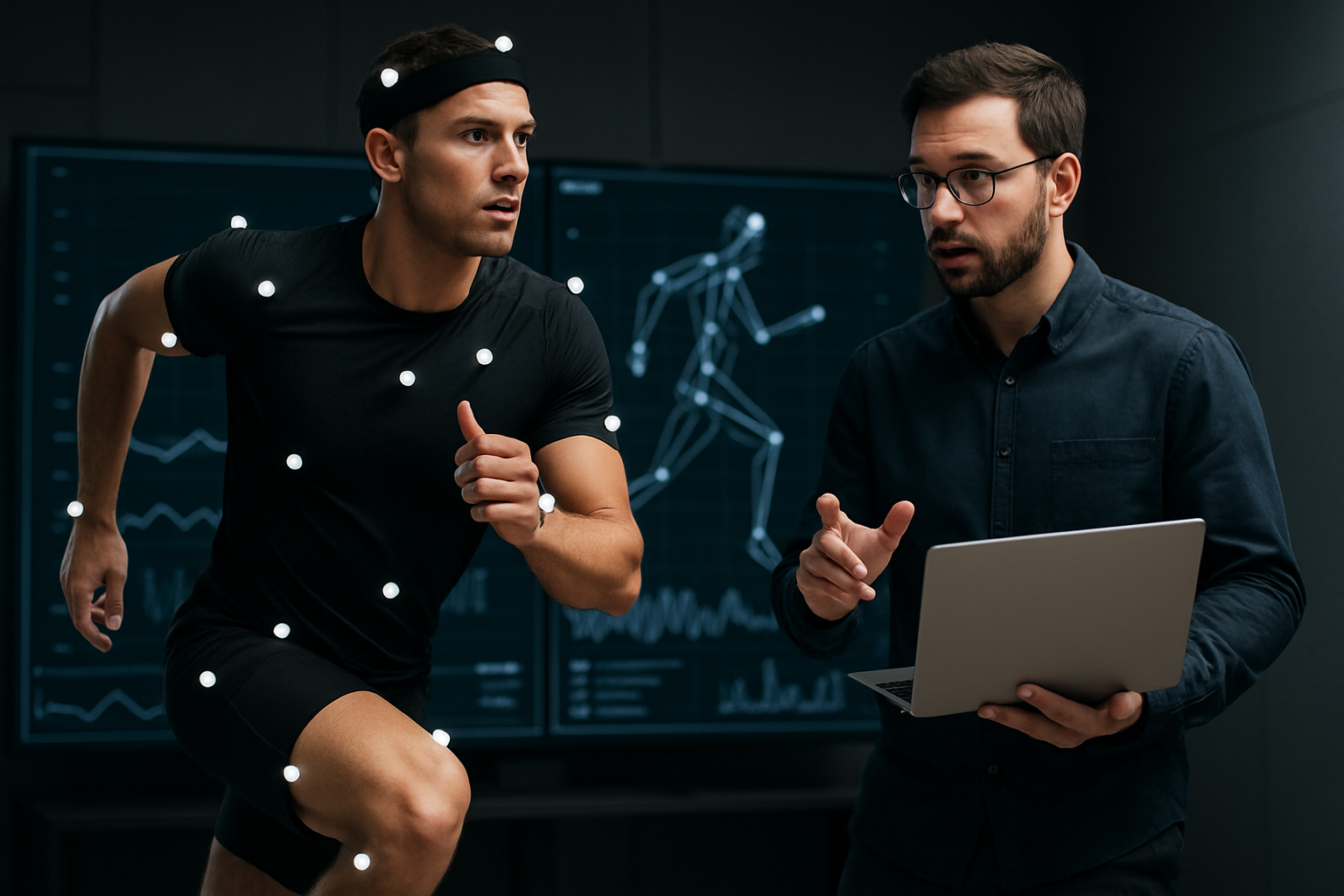Applying Wearable Data to Refine Player Conditioning
Wearable sensors are changing how teams approach player conditioning by translating real-time signals into actionable insights. From heart rate and movement to workload and sleep metrics, wearable data helps coaching and performance staff tailor training, manage recovery, and reduce injury risk while supporting individualized development across athletics programs.

This article is for informational purposes only and should not be considered medical advice. Please consult a qualified healthcare professional for personalized guidance and treatment.
How can analytics guide training and conditioning?
Analytics drawn from wearable devices quantify internal and external load, enabling more precise training prescriptions. Coaches can compare session intensity, total distance, sprint counts and heart-rate responses to planned objectives and adjust drills accordingly. This objective view supports periodization by revealing when athletes are under- or over-reaching, and it helps align training volume and intensity to conditioning goals without relying solely on subjective reports.
How does wearable data inform nutrition and recovery?
Wearables track sleep duration, sleep stages, resting heart rate variability and daily energy expenditure, which are useful signals for tailoring nutrition and recovery strategies. Nutritionists can use caloric burn estimates and recovery markers to time meals and carbohydrate or protein intake, while recovery protocols—such as active recovery, compression, or modified loads—can be scheduled when data indicate incomplete recovery or elevated stress markers.
How can coaching and teamwork integrate wearables?
Coaches and support staff can use shared dashboards to sync conditioning plans with technical and tactical work, preserving teamwork dynamics while respecting individual needs. Wearable insights enable staff to rotate players based on load tolerance, prevent simultaneous fatigue across key lineups, and design practice formats that develop skills while meeting physical conditioning targets. Clear communication and shared metrics strengthen coordination between coaching and medical teams.
How do wearables measure endurance, agility, and performance?
Modern devices combine GPS, accelerometers and inertial measurement units to capture endurance metrics (distance and pace), agility markers (change of direction events), and explosive outputs (acceleration and jump height). By tracking these metrics longitudinally, staff can identify trends in performance and responsiveness to specific training blocks, quantify improvements in endurance and agility, and detect declines that may signal fatigue or technical breakdowns needing corrective work.
How can wearable analytics support skill development and injury prevention?
Wearable data contextualizes technical practice by revealing whether skill work occurs under appropriate physiological states. For example, integrating load data with skill development sessions ensures athletes practice high-skill tasks when not excessively fatigued, preserving motor control. Load monitoring also supports injury prevention by flagging sudden workload spikes or asymmetries, prompting targeted conditioning, mobility work, or modified drills to reduce injury risk while continuing skill development.
What operational and ethical considerations affect implementation?
Implementing wearable programs requires attention to data quality, device selection, and governance. Teams should validate sensors for their sport-specific needs, standardize data collection protocols, and train staff on analytics interpretation. Privacy and consent are essential: establish policies on who can access individual data, how long it is retained, and how it is used in selection or medical decisions. Practical constraints such as device battery life, sync reliability and integration with existing athlete-management systems also influence routine adoption.
Conclusion
Wearable data can refine player conditioning by converting physiological and biomechanical signals into practical adjustments across training, nutrition, recovery and coaching workflows. When implemented with clear governance, validated devices and interdisciplinary collaboration, wearables offer measurable ways to individualize conditioning while preserving team objectives, supporting endurance and agility development, and helping manage workload to protect athlete health.





